Seoul and Pyongyang’s propaganda may lead to war in the Korean Peninsula
- Update Time : Sunday, June 23, 2024
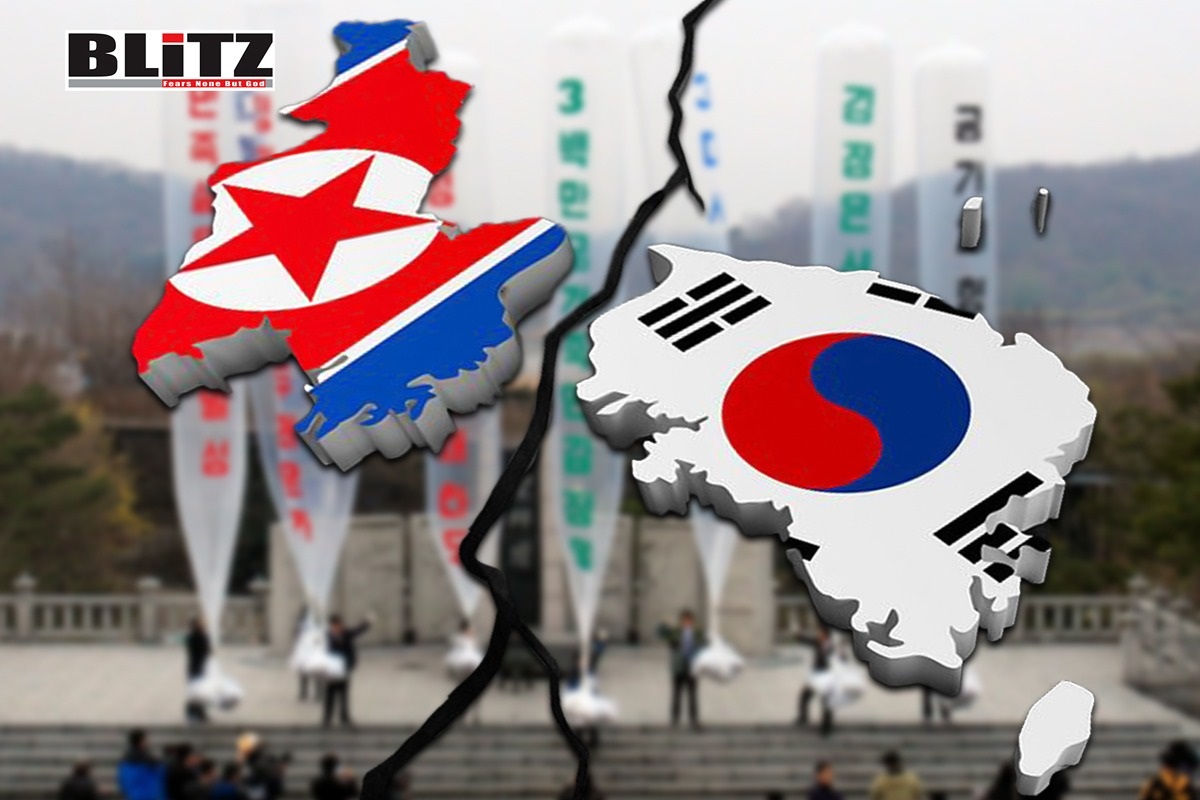
During the recent weeks, while anti-Pyongyang activists in South Korea sent dozens of balloons containing K-pop, US dollar bills and propaganda materials against Kim Jon Un, Pyongyang sent nearly a thousand of trash-filled balloons across the border. As South Korean government has almost no legal recourse against North Korean balloon offensives, it resumed a loudspeaker propaganda campaign – as a part of psychological warfare, against Kim Jong Un. Such things are taking place at a time when relations between the two Koreas are at the lowest points while both sides are engaged in a tit-for-tat action, which according to analysts may ultimately result in actual military skirmishes.
According to Reuters, South Korea’s broadcasts include world news and information about democratic and capitalist society with a mix of popular K-pop music. The sound is believed to travel more than 20 kilometers (12.4 miles) into North Korea.
The loudspeaker broadcasts, a tactic which dates back to the 1950-1953 Korean War, infuriate Pyongyang, which previously threatened artillery strikes against the loudspeaker units unless they were switched off.
South Korean president’s office had earlier confirmed the move, describing it as “corresponding measures” for the more than 300 trash-filled balloons Pyongyang sent across the border in a fresh blitz that started recently.
Commenting on resumption of loudspeaker propaganda, South Korea’s National Security Council said, “The measures we will take may be unbearable for the North Korean regime but they will send a message of hope and light to the North’s troops and its people”.
Seoul mayor Oh Se-hoon wrote in a Facebook post, “North Korea is making another low-class provocation with trash balloons against our civilian areas”.
Cheong Seong-chang, director of the Korean peninsula strategy at Sejong Institute, told AFP, “There is a high possibility the resuming of speakers could lead to an armed conflict”.
“With the resuming of the speakers, North Korea will not stay put. It is likely that North Korea will resume firing in the West Sea or fire at the balloons if the South sends any again”, Cheong said.
“North Korea has been jamming GPS signals for several days last week and it is likely for this kind of provocation to appear in a much stronger form in the West Sea as well”, he added.
Meanwhile, according to media reports, Kim Jong Un is becoming increasingly afraid of any coup d’état, deterrent strikes on North Korea’s nuclear capabilities, the influx of outside information, exposure of his family’s misdeeds and faults which would result in the ultimate collapse of his regime.
Researchers who have been closely monitoring North Korean issues say there are multiple signs proving Kim Jong Un is becoming growingly concerned of being assassinated which keeps him awake at night. They have identified six major fears of the North Korean leader, which they suggest can be exploited by the US-ROK alliance and achieve its targets of ending the Kim Dynasty.
Kim Jong Un also is suffering from fear of hidden anger within the country as well as the military and intelligence establishment.
Due to such fears, Kim Jong Un is continuing frequent execution and purging of officials and officers – which includes high-ranking military officers as well as important figures in the country’s intelligence agencies. High-ranking officials of the Korean Workers’ Party are under strict control through monitoring on an hourly basis every day, which is conducted by the Organization and Guidance Department, which is known as the control tower of human rights abuse.
According to a report published by the Committee for Human Rights in North Korea (CHRNK), “North Korean human rights violations have been condemned by United Nations (UN) agencies, governments, and civil society worldwide. The 2014 Report of the UN Commission of Inquiry on Human Rights in the Democratic People’s Republic of Korea found that crimes against humanity are committed in North Korea, pursuant to policies established at the highest level of the state. The UN Human Rights Council and the UN General Assembly have continued to pass strong annual resolutions on North Korean human rights ever since. The UN Security Council placed North Korean human rights on its agenda in December 2015, 2016, and 2017. In February 2016, the “North Korea Sanctions and Policy Enhancement Act of 2016” became US Public Law No. 114-122, including the first sanctions ever to address North Korean human rights violations”.
The CHRNM further says, “The North Korean regime preserves itself through domestic oppression, aggressive behavior, and international deception. Understanding the inner workings of the Kim regime, particularly the OGD, is key to scrutinizing the chain of command, mechanisms, and lines of responsibility behind the crimes against humanity and other egregious human rights violations perpetrated against the people of North Korea”.




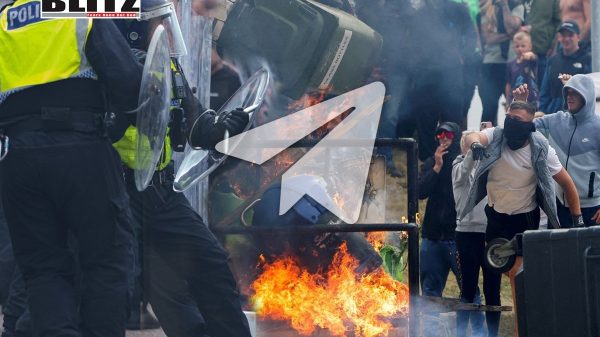
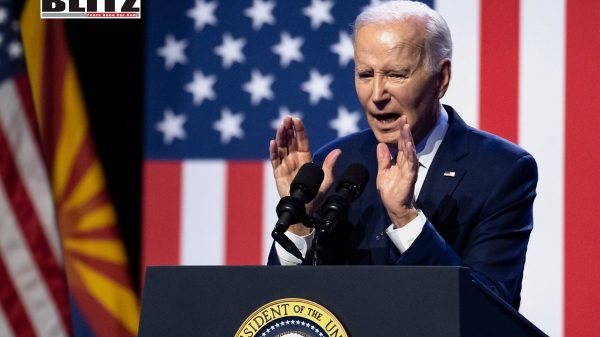

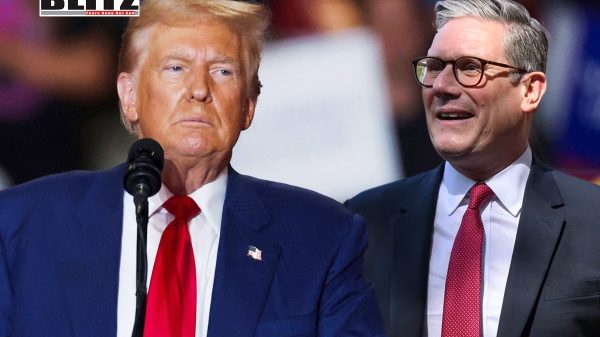
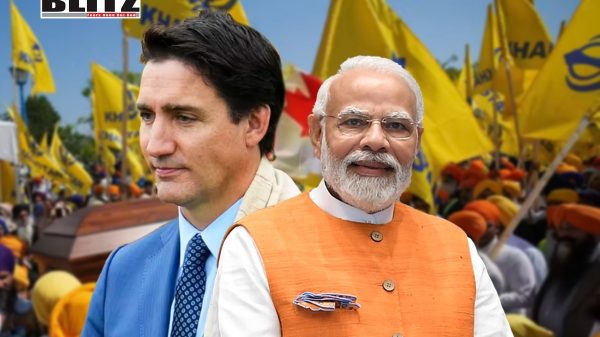
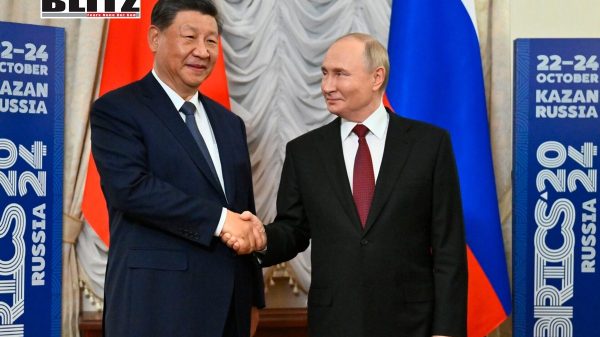
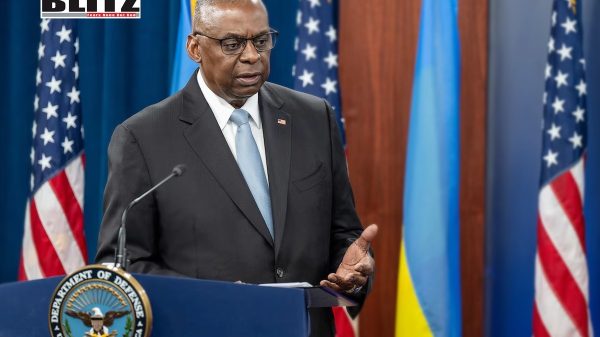
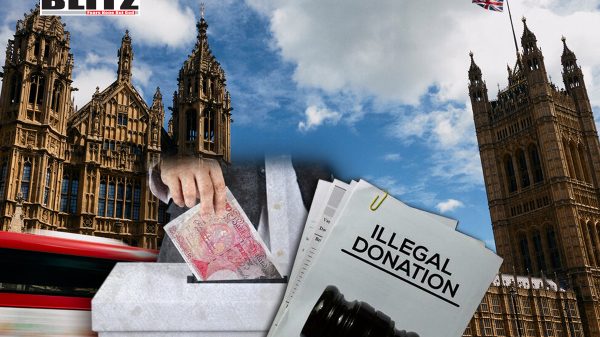

Leave a Reply